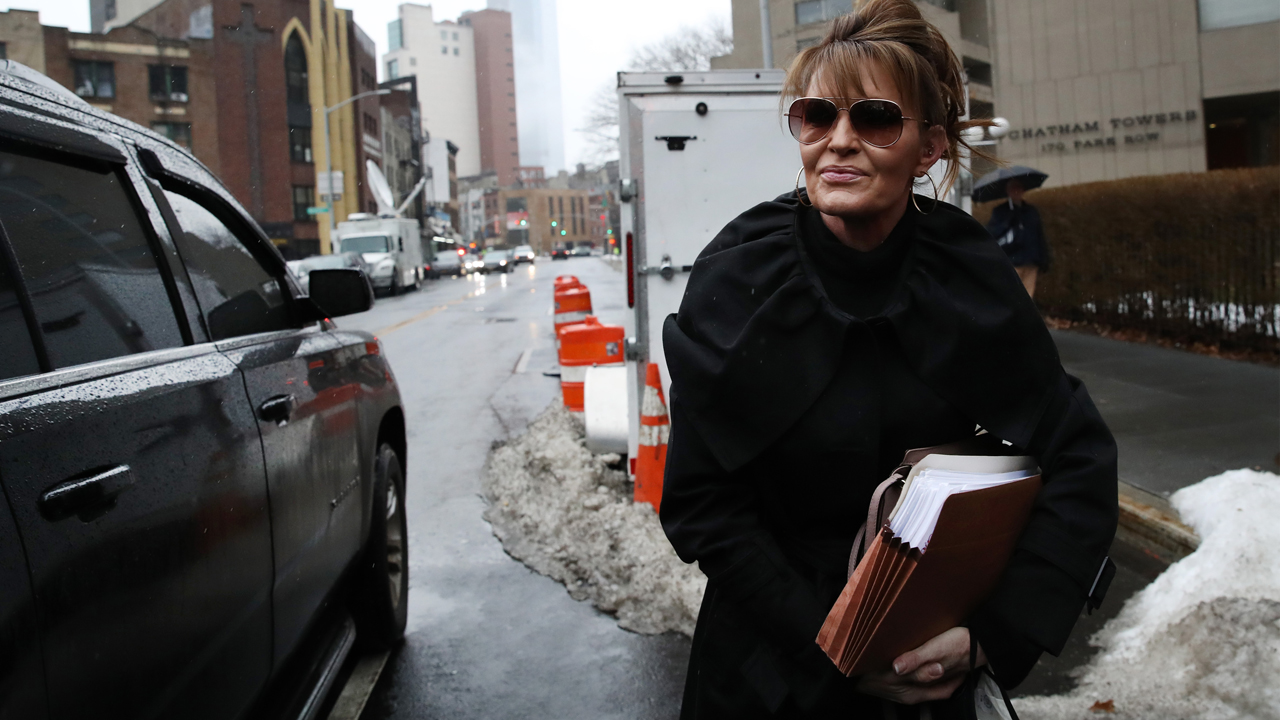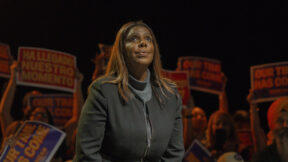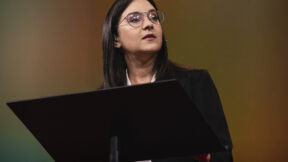Jury Finds New York Times Not Liable in Sarah Palin Defamation Suit

Spencer Platt/Getty Images
In a unanimous verdict reached Tuesday, a jury found the New York Times did not defame Sarah Palin.
The former governor of Alaska sued the New York Times over an editorial the paper published that falsely claimed an ad put out by her political action committee Sarah PAC incited the shooting of Rep. Gabrielle Giffords, which left six dead and wounded 13 more, including the Democratic lawmaker.
The lawsuit, which went to trial last week, centered on a line in the editorial that was hastily inserted by former Times opinion editor James Bennet linking the ad to the deadly shooting.
Soon after the editorial was published, it came to the attention of Times editors that the line was false. The story was quickly corrected. Palin later sued for defamation.
But Palin and her lawyers had to do more than simply prove the line was false. As Mediaite’s Sarah Rumpf explained Monday, given Palin is a public figure, they had to show Bennet and the Times acted with malice:
The issue comes down to well-established case law regarding the burden of proof public figures must meet in order to establish a claim of defamation. As a former governor, vice presidential candidate, and conservative media figure, Palin is without question a “public figure” — and therefore would have had to prove that the Times and editor James Bennet acted with “actual malice” when they published a 2017 editorial that originally claimed a link between a mass shooting and a graphic shared by Palin’s PAC.
On Monday, the judge presiding over the case, Senior U.S. District Judge Jed Rakoff, tossed the suit while the jury was deliberating. The surprise move came while the jury was deliberating. Rakoff held that Palin and her lawyers did not establish that the Times acted with malice.
“I think that there is one essential element that plaintiff has not carried its burden with—the portion of actual malice relating to belief in falsity or reckless disregard in falsity,” said Rakoff.
“My job is to decide the law,” he added. “The law sets a very high standard, the court finds that that standard has not been met.”
Rakoff said that he would allow the jury to finish their deliberations. He reasoned that Palin “will inevitably” appeal the case, and wished for the Second Circuit Court of Appeals to have both his decision and the jury’s to consider.
After the jury reached its verdict, Rakoff informed the nine jurors of his ruling from the day before.
“You decided the facts, I decided the law,” he said. “It turns out they were both in agreement in this case.”
A New York Times spokesperson told Mediaite in a statement the paper “welcomes” the verdict:
The New York Times welcomes today’s verdict. It is a reaffirmation of a fundamental tenet of American law: public figures should not be permitted to use libel suits to punish or intimidate news organizations that make, acknowledge and swiftly correct unintentional errors. It is gratifying that the jury and the judge understood the legal protections for the news media and our vital role in American society. We also want to thank the jurors for their careful deliberations in a difficult area of the law.
Read more on the verdict from Law & Crime.




